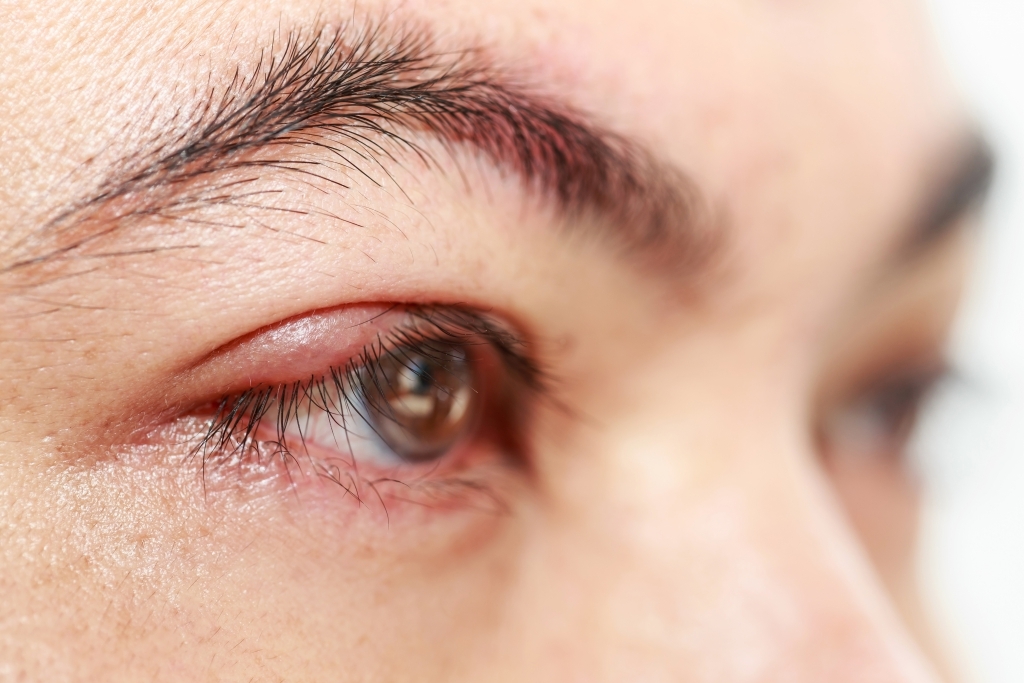Causes of Blepharitis
Blepharitis occurs due to inflammation of the eyelids resulting from a variety of causes. The main causes include the following:
Bacterial Infection
Staphylococcus bacteria are the most common cause of bacterial blepharitis. These bacteria normally reside on the skin and eyelids without causing any issues. However, due to certain risk factors, they may multiply and lead to infection and inflammation of the eyelids.
Dandruff on Eyelids
The eyelids are prone to dandruff or scaling just like the scalp. Overgrowth of the natural skin yeast Malassezia on the eyelids may result in dandruff, itching, redness and irritation of eyelids. This yeast-caused blepharitis is known as seborrheic blepharitis.
Meibomian Gland Dysfunction
The meibomian glands in the eyelids secrete an oily substance called meibum that prevents tear evaporation. Blockage or dysfunction of these meibomian glands leads to poor quality meibum secretion which contributes to tear film instability and evaporation, resulting in blepharitis.
Allergic Triggers
Allergies to certain foods, pollens, cosmetics or preservatives in eye medications can trigger blepharitis symptoms in susceptible individuals through a hypersensitivity reaction.
Symptoms of Blepharitis
The key signs and symptoms of blepharitis include:
- Crusty or scaly eyelids, especially after waking up
- Gritty or sandy feeling in the eyes
- Burning, itching, dryness and irritation of eyes
- Eyelid redness and swelling
- Excessive tearing of eyes
- Blurred or fluctuating vision
- Eyelashes that are stuck together after sleeping (mornings)
- Dandruff-like flakes or scales on eyelids and eyelashes
- Sensitivity to light
Diagnosis and Treatment of Blepharitis
A comprehensive eye exam by an ophthalmologist is needed to accurately diagnose blepharitis. To assess the eyelids, doctor everts the eyelids and examines them under a slit-lamp biomicroscope. Tear tests and culture of eyelid secretions may also be done to identify the underlying cause.
The goal of Blepharitis Treatment is to control symptoms, eliminate infection and reduce inflammation. Warm eyelid cleanses using gentle cleansers or diluted baby shampoo are recommended 2-3 times daily. This helps remove crusting and scales from eyelids.
Topical antibiotic ointments or creams may be prescribed for bacterial blepharitis. Oral antibiotics are used for severe infections. Anti-inflammatory eyelid scrubs containing ingredients like tea tree oil or freshly cut potato help control dandruff-related seborrheic blepharitis.
Topical anti-inflammatory steroids are sometimes used in short course under medical guidance to reduce eyelid inflammation. Artificial tears and ointments provide lubrication to hydrated the eyes. Omega-3 supplements and dietary changes may benefit some patients.
Get more insights on - Blepharitis Treatment



